About
The U.S. Department of Energy (DOE) has one of the richest and most diverse histories in the federal government. Although only in existence since 1977, the Department traces its lineage to the Manhattan Project effort to develop the atomic bomb during World War II and to the various energy-related programs that previously had been dispersed throughout various federal agencies.
Major Events
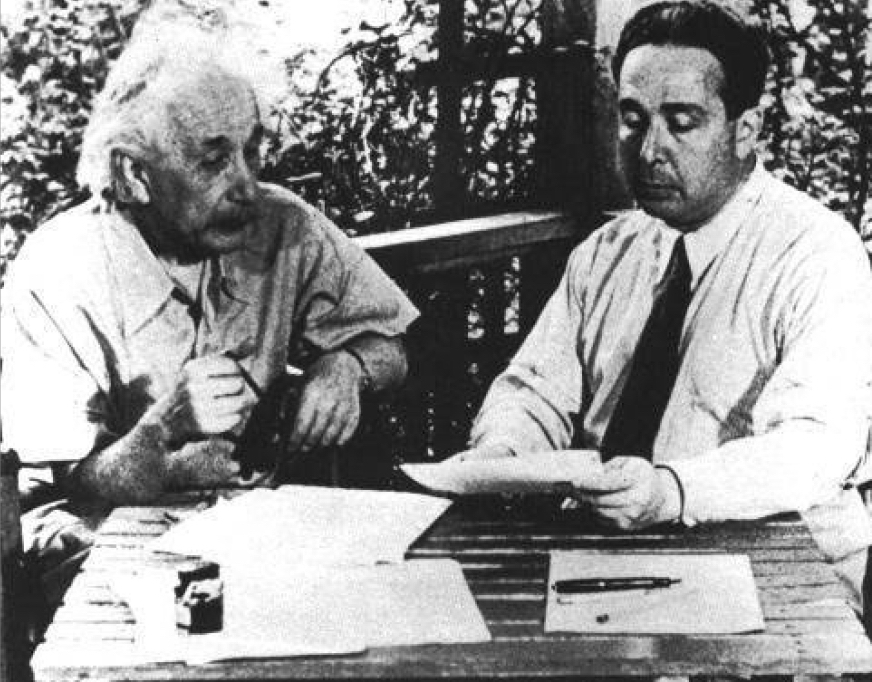
1939 - The Einstein Letter
Albert Einstein writes President Franklin D. Roosevelt, alerting the President to the importance of research on nuclear chain reactions and the possibility that research might lead to developing powerful bombs. Einstein notes that Germany has stopped the sale of uranium and German physicists are engaged in uranium research.
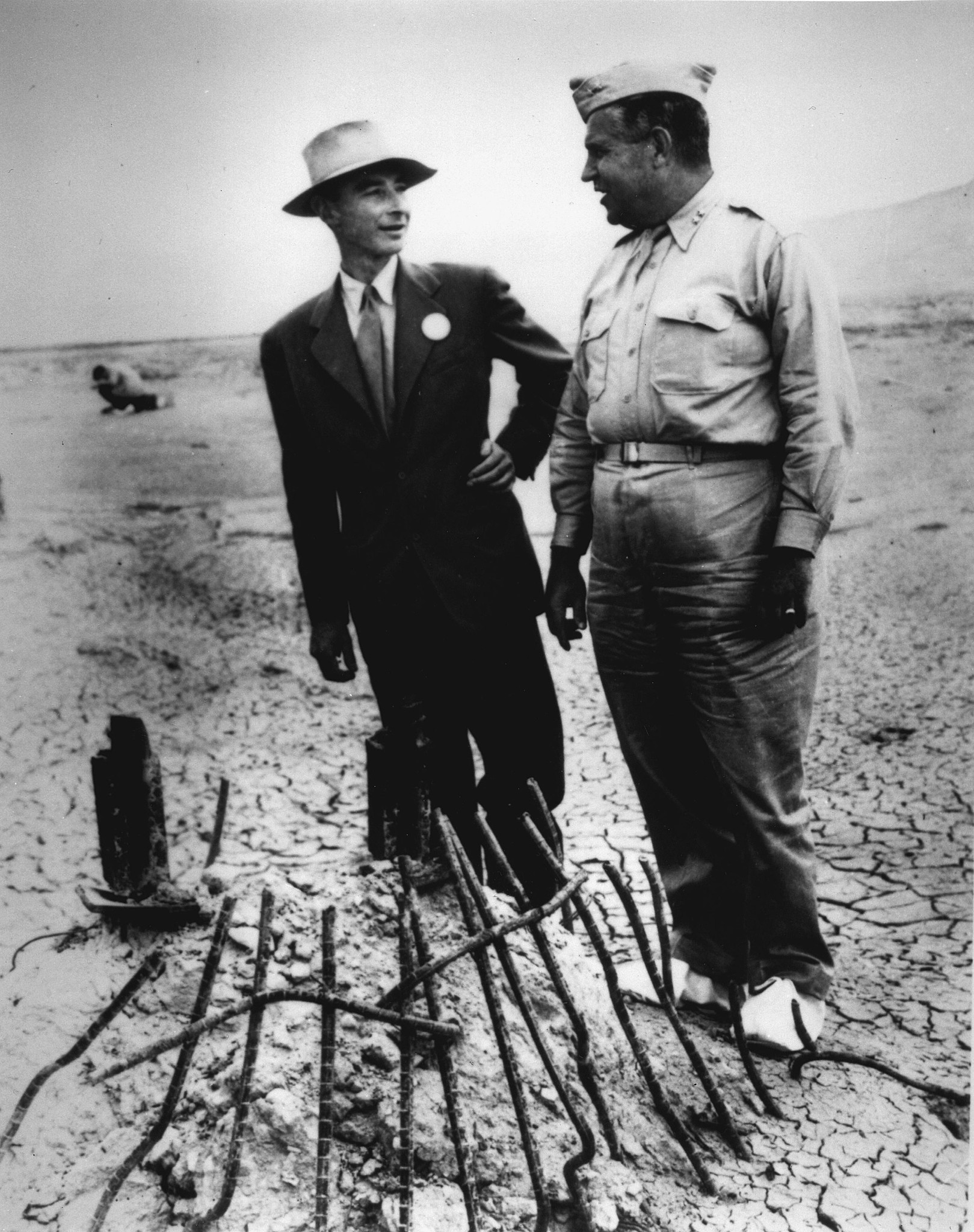
1942 - Manhattan Project Begins
The Army Corps of Engineers establishes the Manhattan Engineer District to develop and build the atomic bomb. Uranium isotope separation facilities are built at Oak Ridge, Tennessee; plutonium production reactors are built at Hanford, Washington; and a weapons laboratory is set up at Los Alamos, New Mexico.
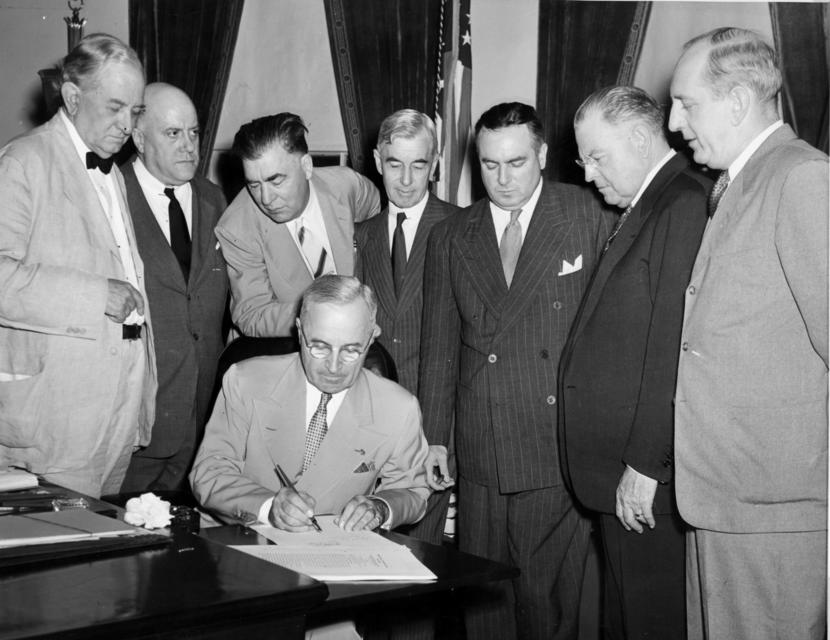
1954 - Atomic Energy Act is Signed
President Eisenhower signs the Atomic Energy Act of 1954, opening the way for the development of a civilian nuclear power program.
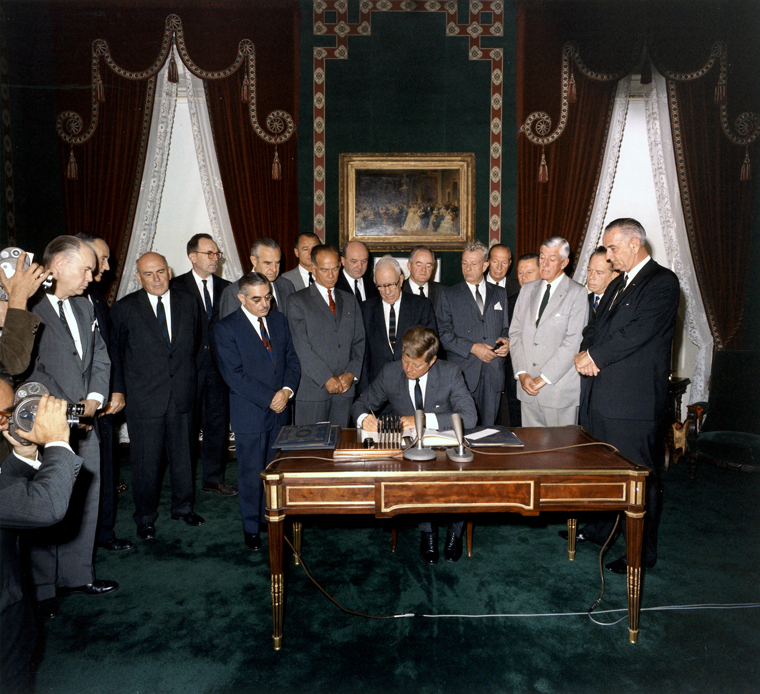
1963 - Limited Test Ban Treaty Signed
The United States, Great Britain, and the Soviet Union sign the Limited Test Ban Treaty prohibiting underwater, atmospheric, and outer space nuclear tests. Nuclear testing continues underground.

1973 - An Energy Crisis
On October 6, 1973, the Yom Kippur War breaks out in the Middle East. On October 17, the Organization of Arab Petroleum Exporting Countries declares an oil embargo, exacerbating the first "energy crisis."
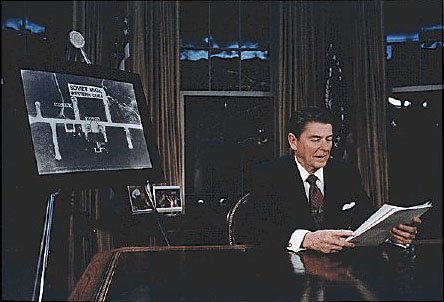
1983 - Strategic Defense Initiative Launched
President Reagan addresses the nation on national security and announces the Strategic Defense Initiative (SDI), a satellite-based defense system that would destroy incoming missiles and warheads in space.
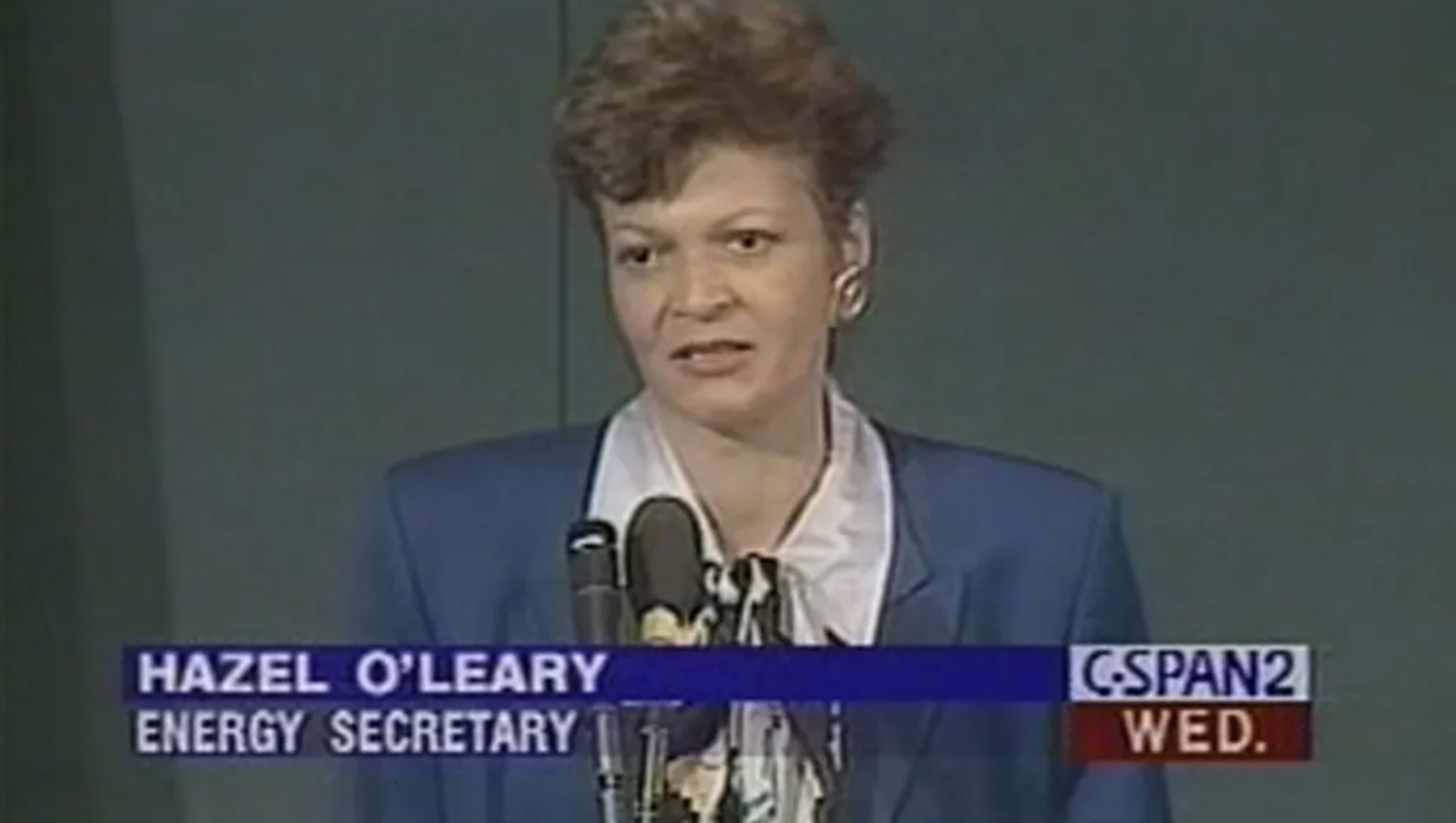
1993 - DOE Openness Initiative Launched
Secretary O’Leary announces an "openness" initiative to lift the veil of secrecy from past nuclear activities, revealing that one-fifth of the nation’s nuclear weapons tests had been kept secret, identifying locations and quantities of weapons-grade plutonium, providing information about fusion energy, and documenting the large quantities of mercury used in weapons production.
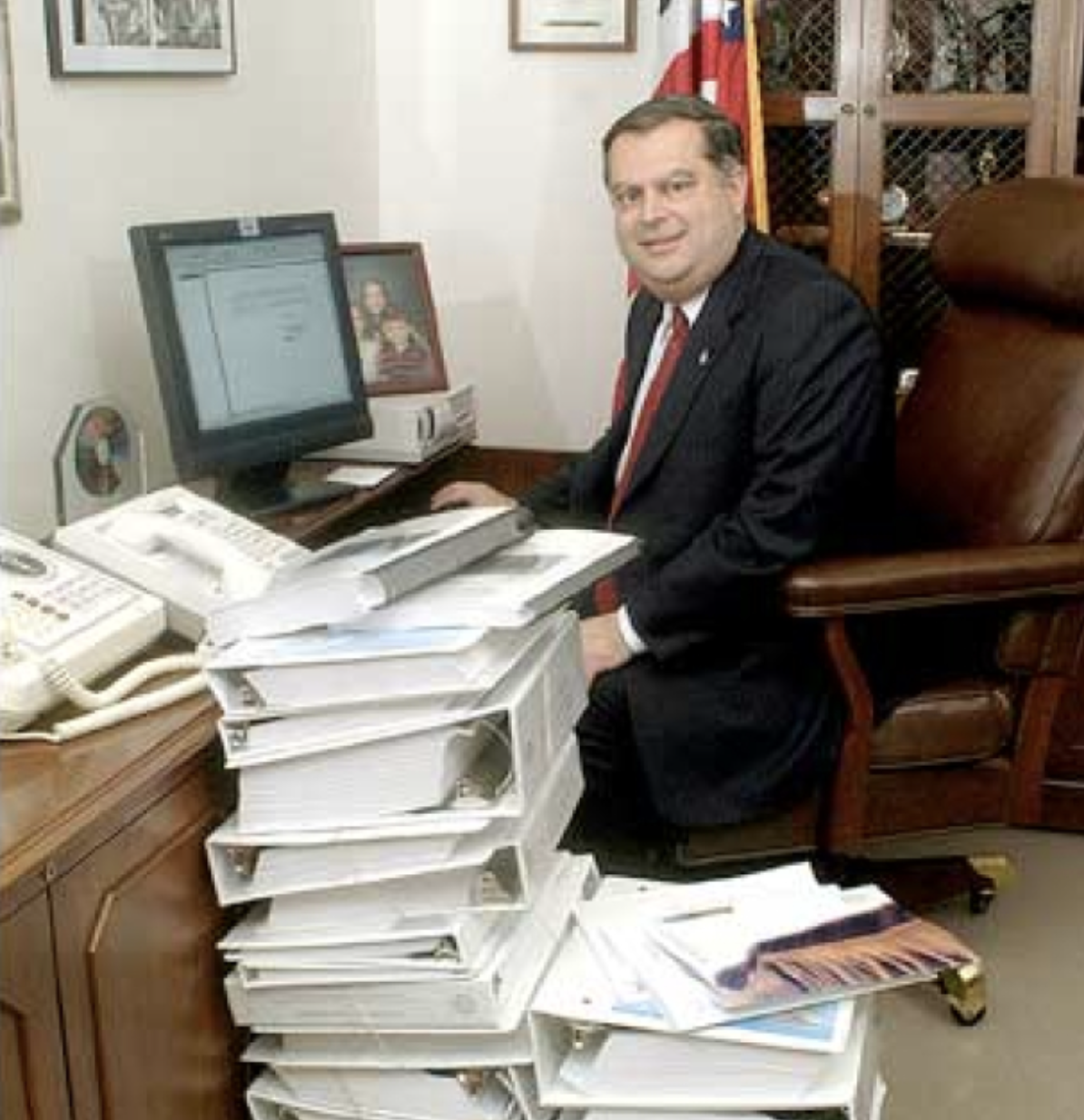
2002 - Yucca Mountain Proposed
Secretary Abraham formally recommends to President Bush that the Yucca Mountain site in Nevada be developed as the nation's first long-term geologic repository for high-level radioactive waste.
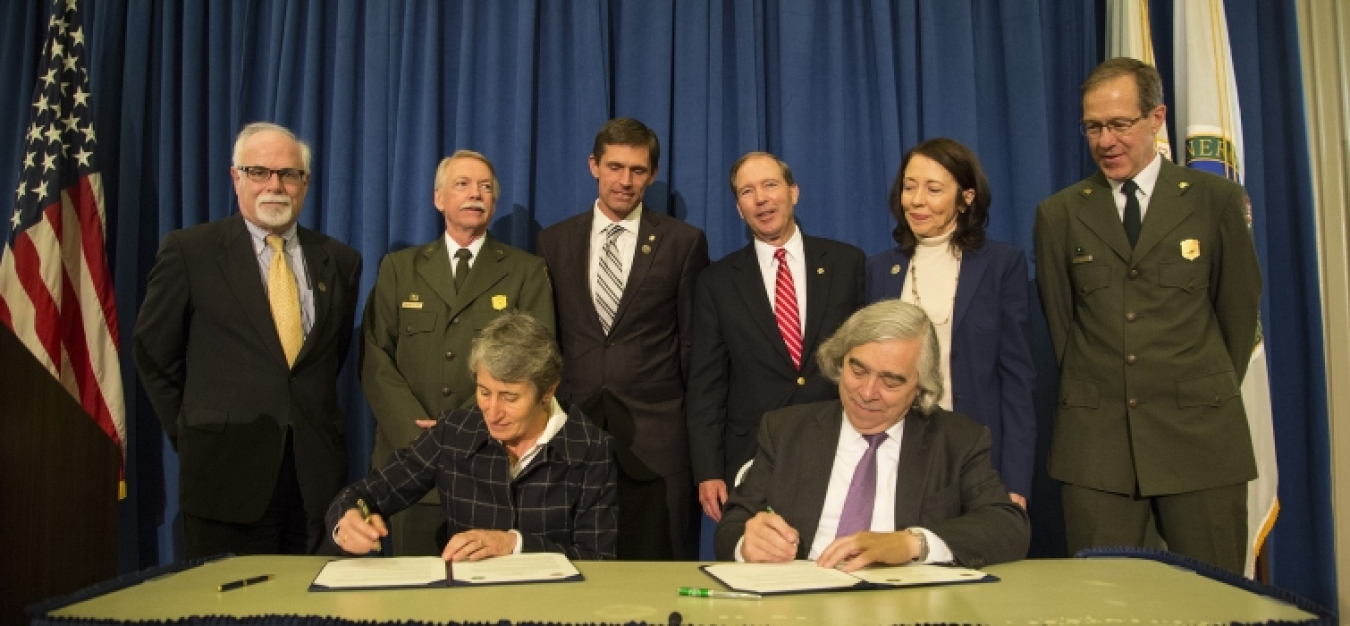
2015 - Manhattan Project National Historical Park Established
U.S. Secretary of the Interior Sally Jewell and Secretary Ernest Moniz sign a memorandum of agreement establishing the Manhattan Project National Historical Park. The agreement directs how the National Park Service (NPS) and the Department of Energy will work together to preserve, protect, and provide access to the historic resources associated with the Manhattan Project at locations in Oak, Ridge, Tennessee; Los Alamos, New Mexico; and the Hanford Site in Washington state.
DOE Site Histories

Historical Photographs
Browse the archives to find thousands of photographs that depict the U.S. Department of Energy's various programs and activities.
Historical Publications
The Manhattan Project: Making the Atomic Bomb
Written by F. G. Gosling. DOE/MA-0002 Revised. Ninth printing. Washington, D.C.: U.S. Department of Energy, 2010. 115 pp., with 38 pp. photo gallery.
The New World, 1939-1946: A History of the Atomic Energy Commission, Volume 1
Written by Richard G. Hewlett and Oscar E. Anderson, Jr. Reprint, Berkeley: University of California Press, 1990. 766 pp.
The Manhattan Project: An Interactive History
This website provides an overview of the Manhattan Project and covers events, people, places, processes, and science.
Atomic Shield, 1947-1952: A History of the Atomic Energy Commission, Volume 2
Written byRichard G. Hewlett and Francis Duncan. Reprint, University of California Press, 1990. 718 pp.
Atoms for War and Peace, 1953-1961: A History of the Atomic Energy Commission, Volume 3
Written by Richard G. Hewlett and Jack M. Holl. Berkeley: University of California Press, 1990. 696 pp.
A History of the Atomic Energy Commission
Written by Alice L. Buck. Washington, D.C.: U.S. Department of Energy, July 1983. 41 pp.
A History of the Energy Research and Development Administration
Written by Alice L. Buck. Washington, D.C.: U.S. Department of Energy, March 1982. 22 pp.
The Federal Energy Administration
Written by Roger Anders. Washington, D.C.: U.S. Department of Energy, November 1980. 15 pp.
Atomic Fission: The Breakup of the Atomic Energy Commission and the Energy Reorganization Act of 1974
Written by Eric W. Boyle and Thomas R. Wellock. Washington, D.C.: U.S. Nuclear Regulatory Commission, 2024, 100 pp.
A Brief History of the Department of Energy
Department of Energy, 1977-1994: A Summary History
Written by Terrence R. Fehner and Jack M. Holl. DOE/HR-0098. Washington, D.C.: U.S. Department of Energy, 1994. 142 pp
Closing the Circle: The Department of Energy and Environmental Management, 1942-1994
Written by TF. G. Gosling and Terrence R. Fehner. Draft manuscript. 1994. 166 pp.
Coming in From the Cold: Regulating U.S. Department of Energy Nuclear Facilities, 1942-1996
Written by F.G. Gosling and Terrence R. Fehner. Environmental History 1:2 (April 1996): 5-33.
History Publications
Since its establishment in 1957, the U.S. Department of Energy (DOE) History Program consistently sought to maintain a level of excellence in its publications that meets all scholarly standards and yet is accessible to the general public. At the same time, DOE partnered with program offices and field sites to provide historical products that are useful and fill specific departmental needs.
In this effort, DOE produced a broad range of prize-winning monographs, shorter histories, articles, chronologies, and other publications. Some of these are available online. Others are available at major libraries or in academic journals.
Historical Resources
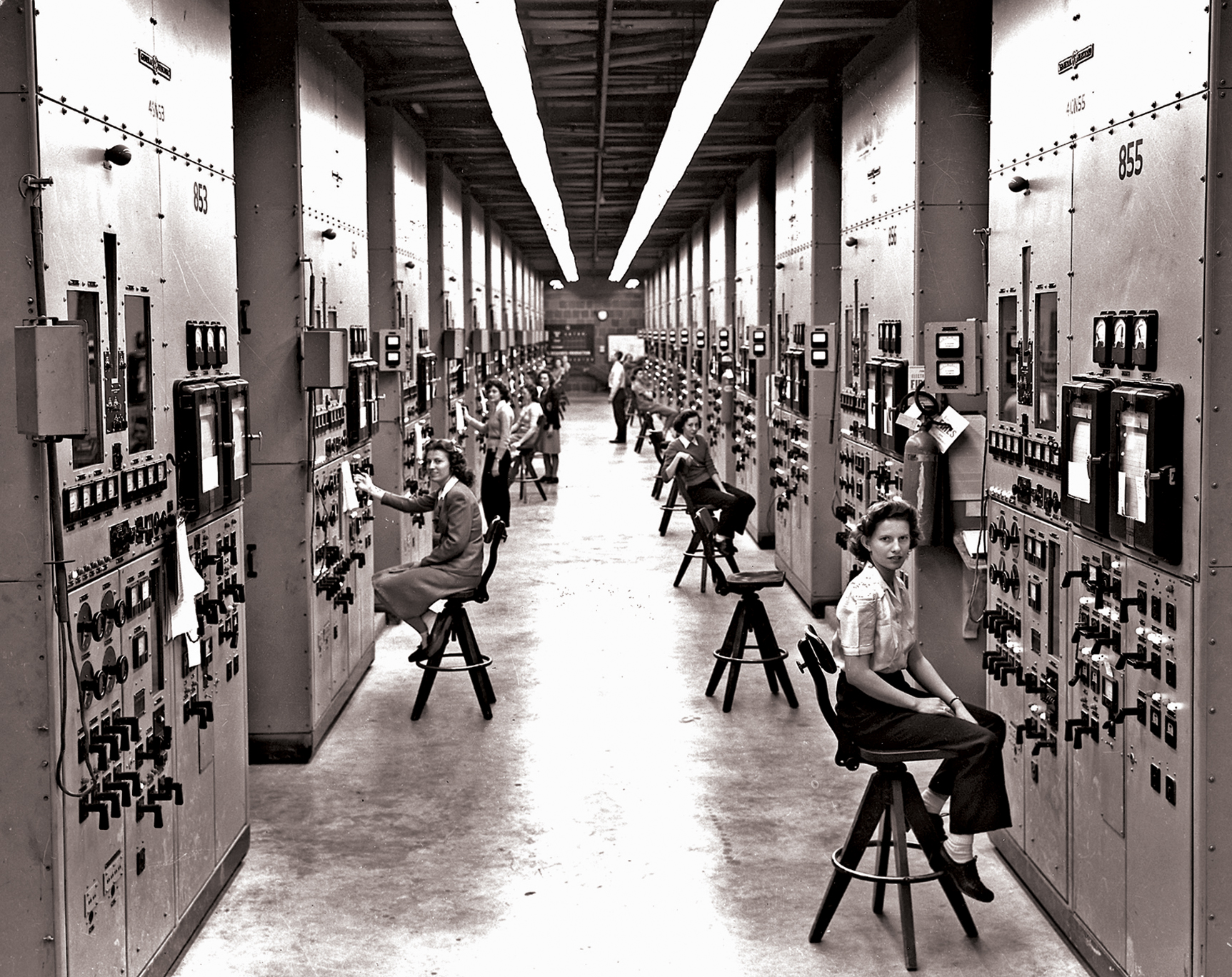
Find information on historical publications, museums and exhibits, DOE labs and field sites, and researching DOE records.
Information for Researchers
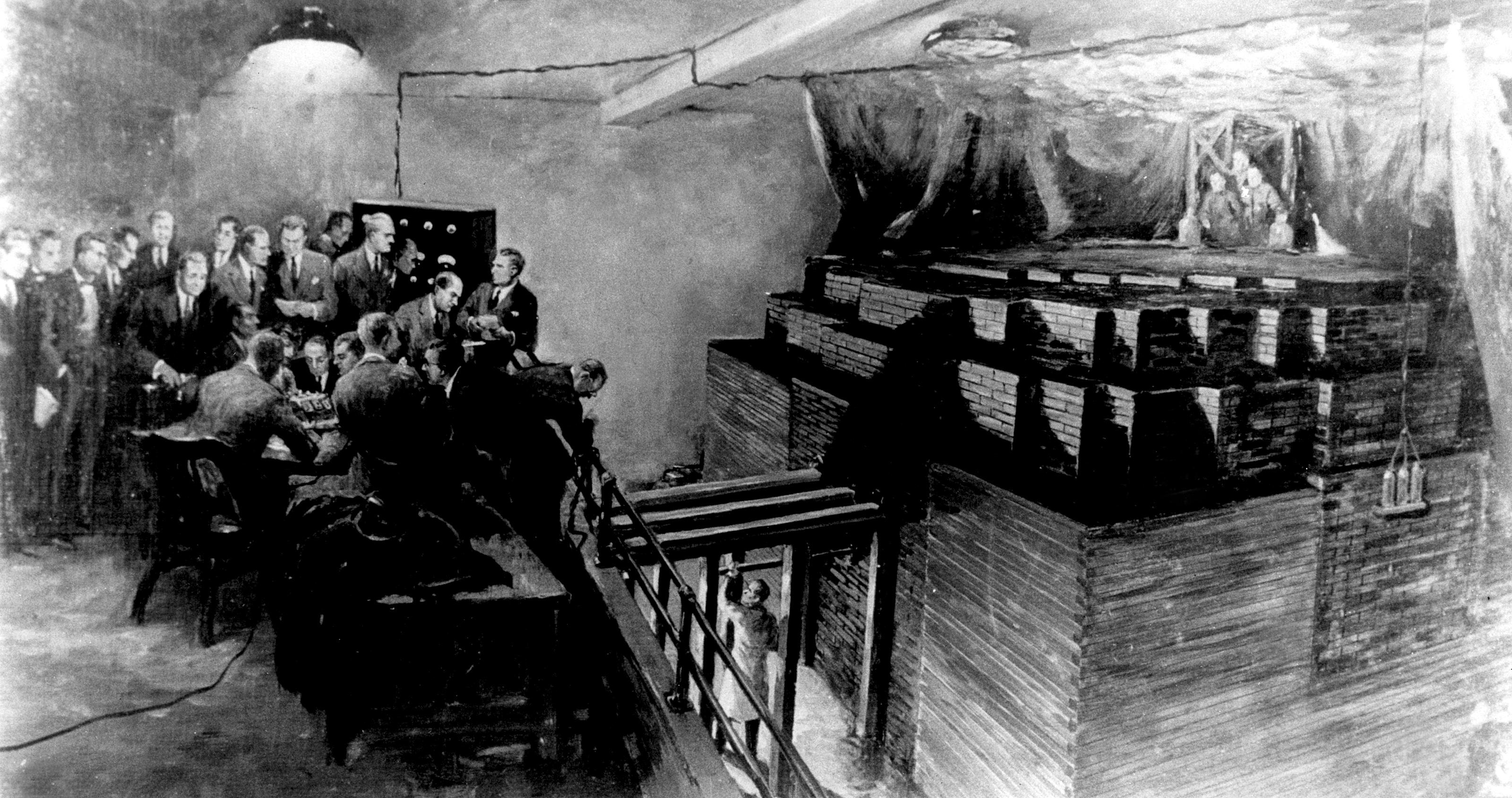
Learn about how to do your own research with DOE records here.
History We’re Making Today
-
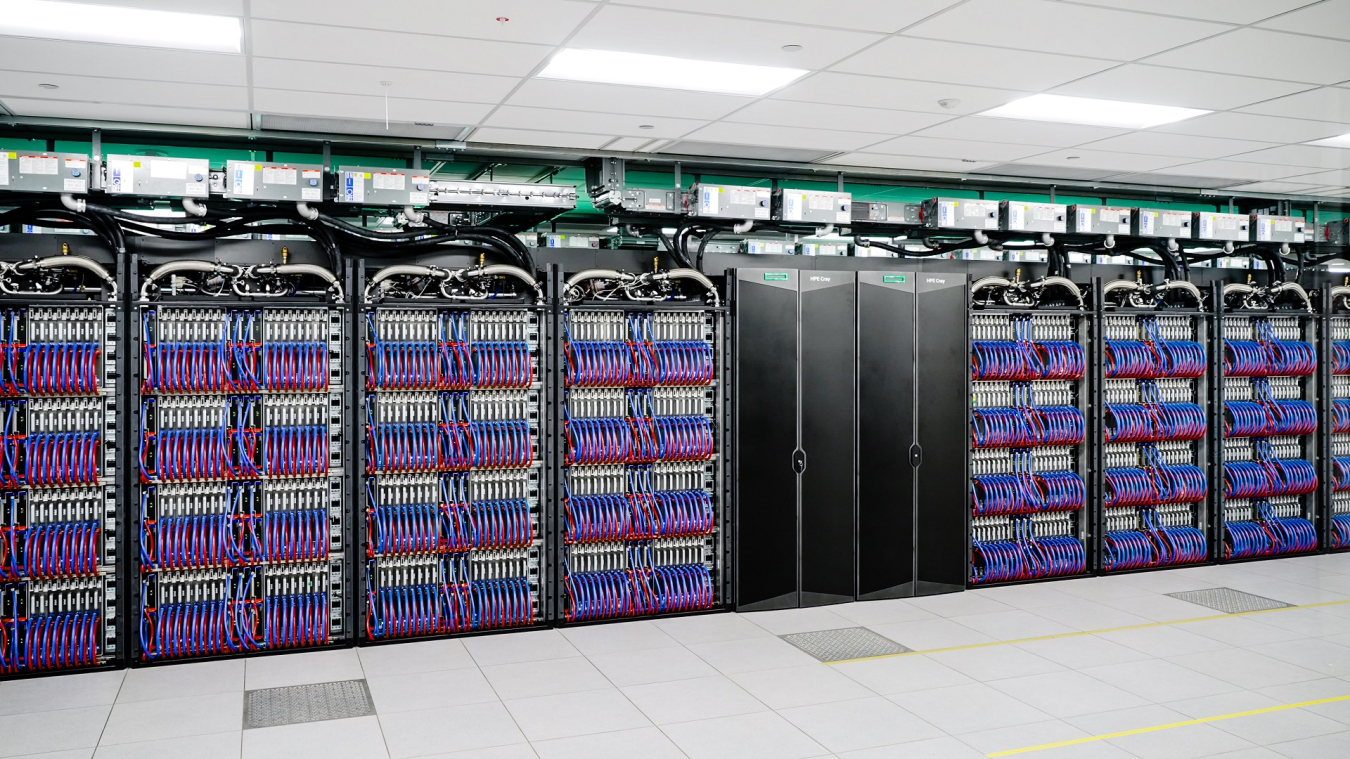 The Department of Energy’s national labs host some of the most powerful computers in the world.November 26, 2024
The Department of Energy’s national labs host some of the most powerful computers in the world.November 26, 2024 -
 Quantum information science has the potential to radically advance computing, sensing, and communications.December 27, 2024
Quantum information science has the potential to radically advance computing, sensing, and communications.December 27, 2024 -
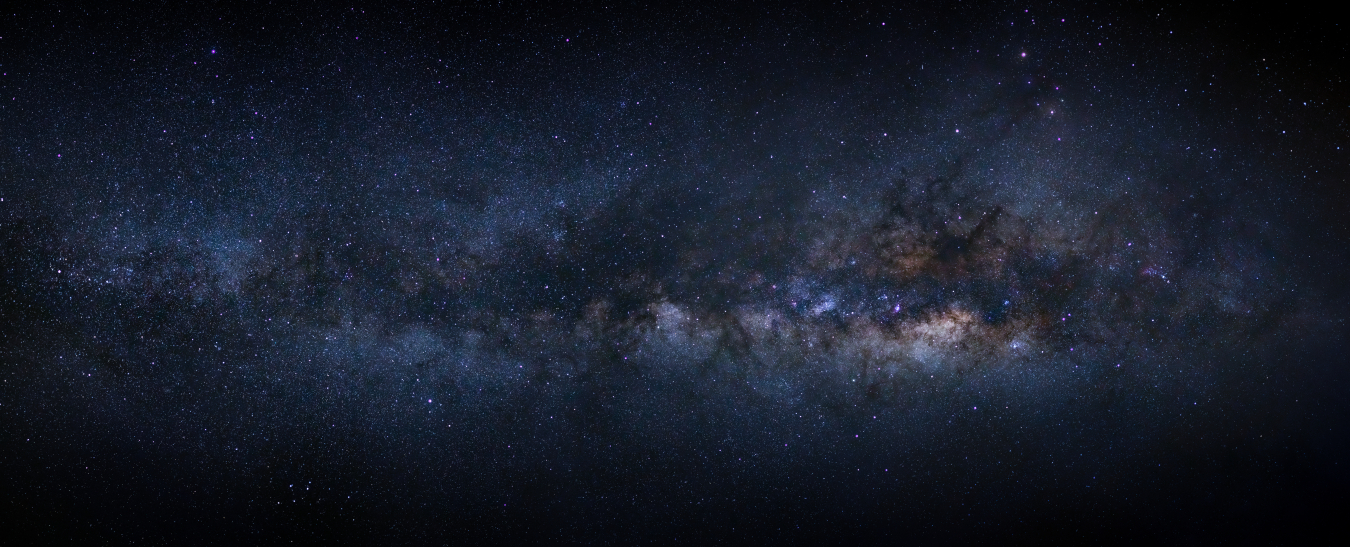 From supporting NASA to understanding the cosmos, DOE expands our knowledge of the universe.November 26, 2024
From supporting NASA to understanding the cosmos, DOE expands our knowledge of the universe.November 26, 2024 -
 Cancer researchers use unique, world-leading scientific resources at DOE’s national laboratories.November 26, 2024
Cancer researchers use unique, world-leading scientific resources at DOE’s national laboratories.November 26, 2024 -
 DOE is harnessing biology to advance U.S. prosperity for science, energy, sustainability, and security.December 17, 2024
DOE is harnessing biology to advance U.S. prosperity for science, energy, sustainability, and security.December 17, 2024 -
 Fusion is a potential source of on-demand, safe, and abundant energy with zero carbon emissions.January 13, 2025
Fusion is a potential source of on-demand, safe, and abundant energy with zero carbon emissions.January 13, 2025 -
 Energy Earthshots™ are the frontiers of the clean energy transition. The future is being built with fearless innovation.December 5, 2024
Energy Earthshots™ are the frontiers of the clean energy transition. The future is being built with fearless innovation.December 5, 2024 -
 AI brings enormous potential for the nation’s economic prosperity and national security.January 17, 2025
AI brings enormous potential for the nation’s economic prosperity and national security.January 17, 2025

